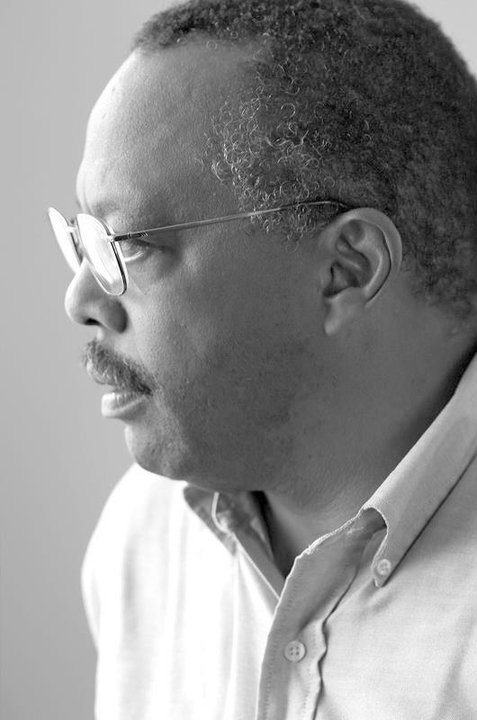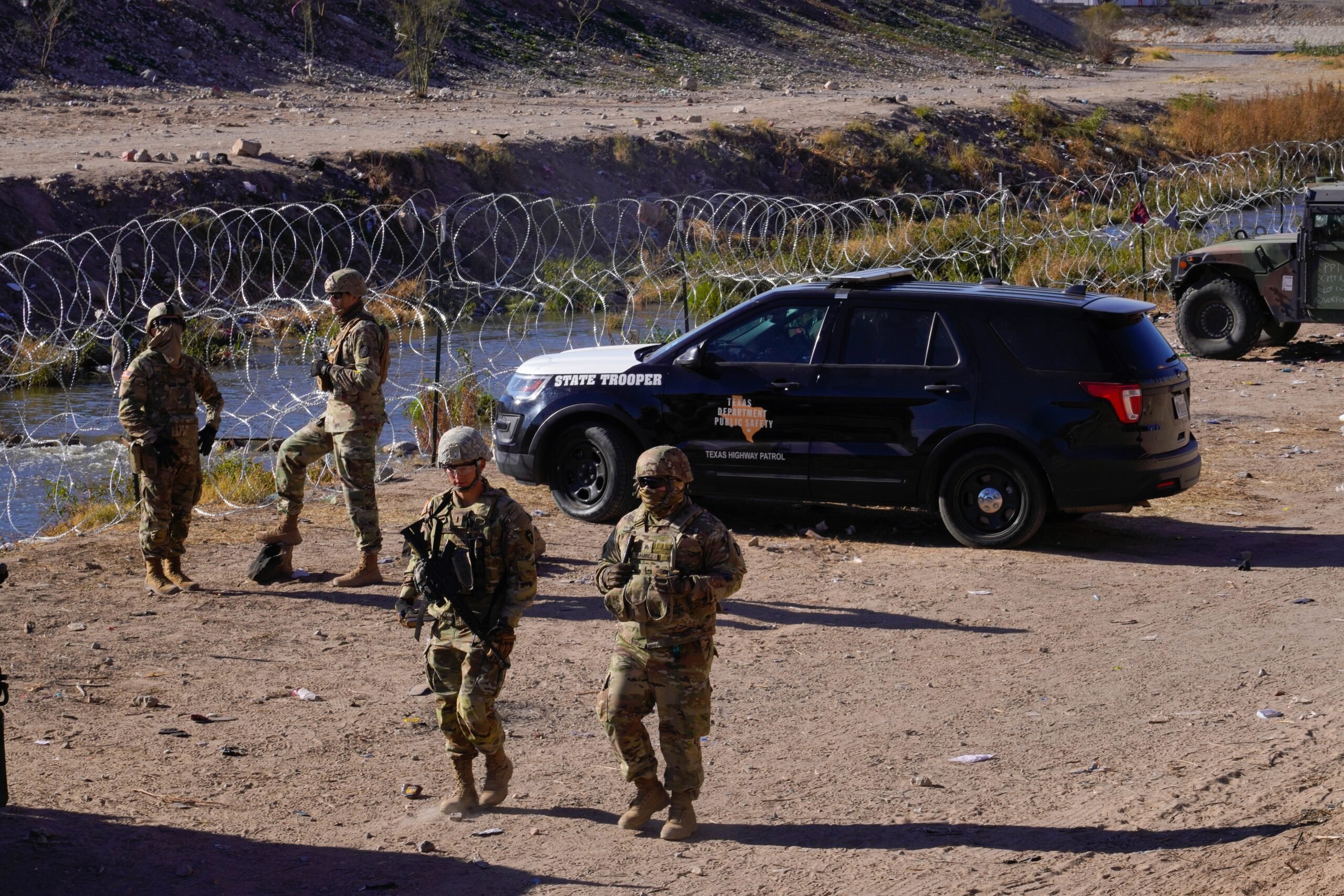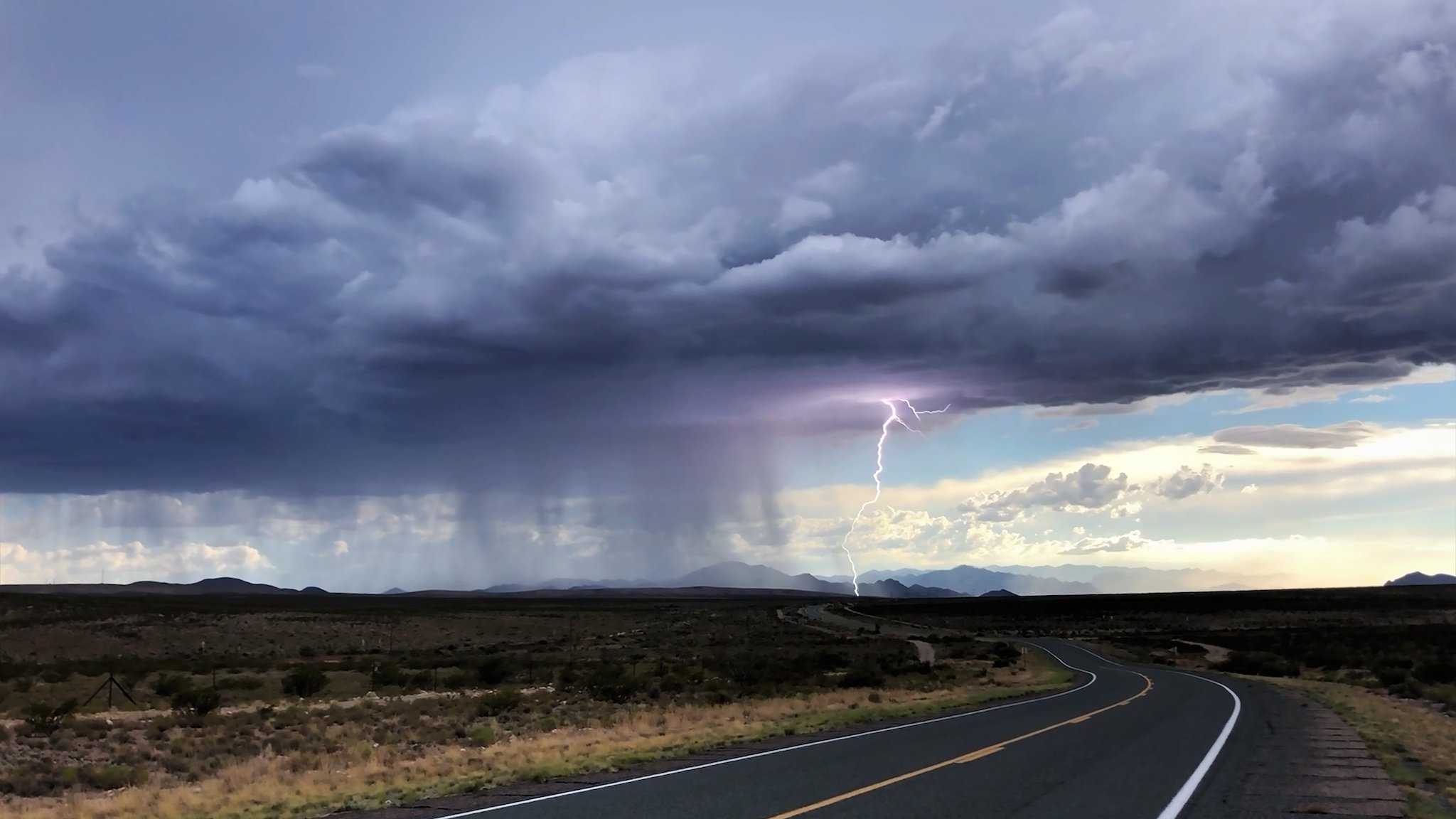
The Catholic Church Let Us Down

A version of this story ran in the July 2013 issue.
Above: Scott Douglas III
Last year, after Alabama passed the country’s harshest anti-immigrant legislation, civil rights leader Scott Douglas III proclaimed, “Hispanics are the new Negro,” comparing today’s marginalization of undocumented immigrants with the treatment of black people in the Jim Crow South. That raises the question, where is the Catholic Church?
While the leaders of African-American churches were the organizing force behind many of the most effective civil rights demonstrations of the 1960s, today’s American Catholic Church—now more than 40 percent Latino, with the fastest-growing segment being immigrants—has advocated for immigrants in a decidedly less aggressive way.
In 2011, the United States Conference of Catholic Bishops drafted its official position on immigration reform, posted the policy on its website and called it a day. The bishops struck all of the usual, middle-of-the-road talking points: a path to citizenship, a worker program, an increase in the number of family visas and a focus on securing the border. It was a good start. Unfortunately, it seems to also have been the end.
By contrast, in the early ’60s, the Southern Christian Leadership Conference (SCLC), a coalition of African-American ministers led by Rev. Martin Luther King Jr., made a fateful decision to engage in provocative acts of nonviolent civil disobedience. When Americans saw the earnestness of those fighting for their freedom in the face of riot police, dogs and the Ku Klux Klan, it changed racial attitudes in this country.
In June, when I heard about Nuns on the Bus, a national campaign to raise awareness about immigration reform run by the Catholic social justice lobby NETWORK, I thought some real Catholic action might finally be happening. Sister Simone Campbell, executive director of NETWORK and head nun on the bus, is no stranger to controversy. In 2012, the Vatican reprimanded her and the Leadership Conference of Women Religious, which represents most nuns in the United States, for helping the needy regardless of religious affiliation and sexual orientation. In response, Campbell told NPR the Vatican didn’t know how to handle strong women. Now, Campbell and two dozen Brides of Christ were riding across America—mostly through Southern states—to speak out for immigration reform.
As I stood in the sweltering parking lot at St. Leonard’s Catholic Church in San Antonio, where the nuns made a stop, I quickly realized the event was more a call to concession than to action.
“It’s not a perfect bill, but something is better than nothing,” Alicia Torres told the crowd, referencing the bipartisan immigration bill that passed the U.S. Senate with a 13-year path to citizenship for those who qualify. Torres, now in her 20s, was brought to this country without documentation when she was 6. Despite having obtained a college degree, without documentation, she says, she can’t practice her career. If immigration reform is passed, she’ll have an accelerated path to citizenship, but she still lives with the fear that her mother—who suffers from kidney failure—could be deported.
Congressman Joaquin Castro, also in attendance, said that the agriculture industry reports that 50 percent of its labor force is undocumented. “That means the figure is probably more like 75 percent,” he speculated. Why can’t a group of people that size demonstrate just how integral they are to our society? Does the American Catholic Church realize it’s in a position to help immigrants push for action?
Rather than organize immigrants to political action, however, the Church’s strategy has been to lobby voters and legislators on their behalf. The call to action from Sister Simone, for example, was for the audience to fill out postcards to be carried by the nuns to the Senate in July. This puts a lot of faith in those in power to upend the status quo just because it’s the right thing to do.
I understand the Catholic clergy’s hesitation to organize immigrants into civil disobedience. The methods of the SCLC were controversial even by 1960s standards. In the view of many black leaders, nonviolent resistance would only incite violence from whites. Some black people and most whites believed that the issue of civil rights was best left to the courts. But who was on the right side of history?
The past has shown us that people in power give up that power only when they have no other choice. It’s past time for the Catholic Church to take a stronger stand for America’s immigrants.


